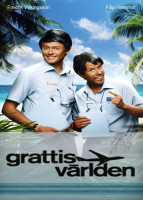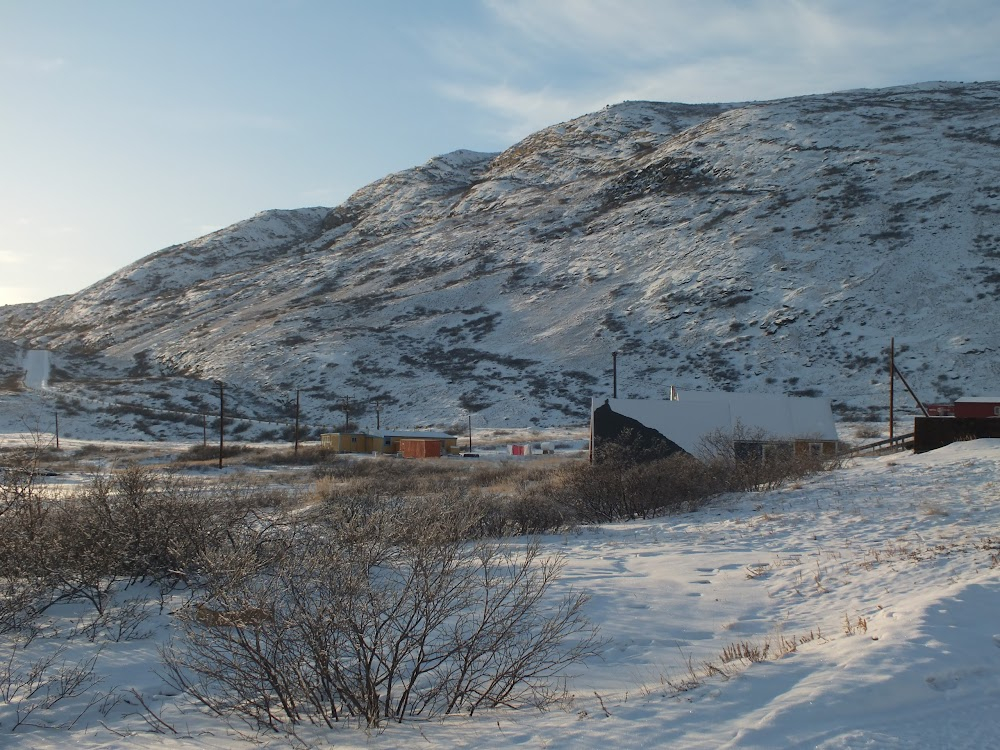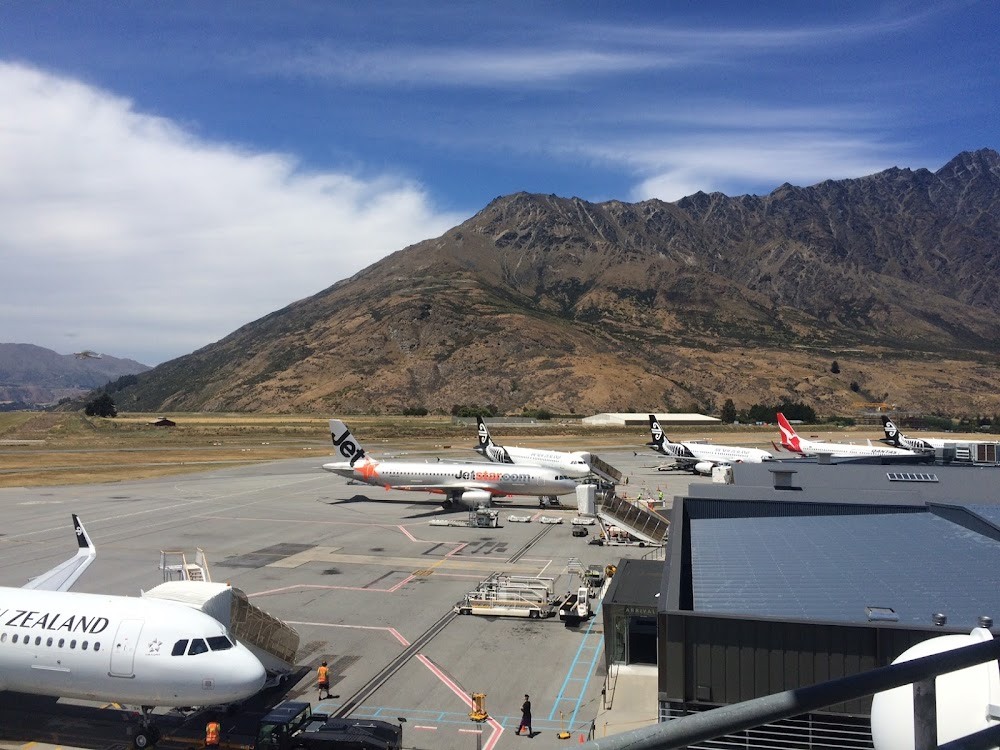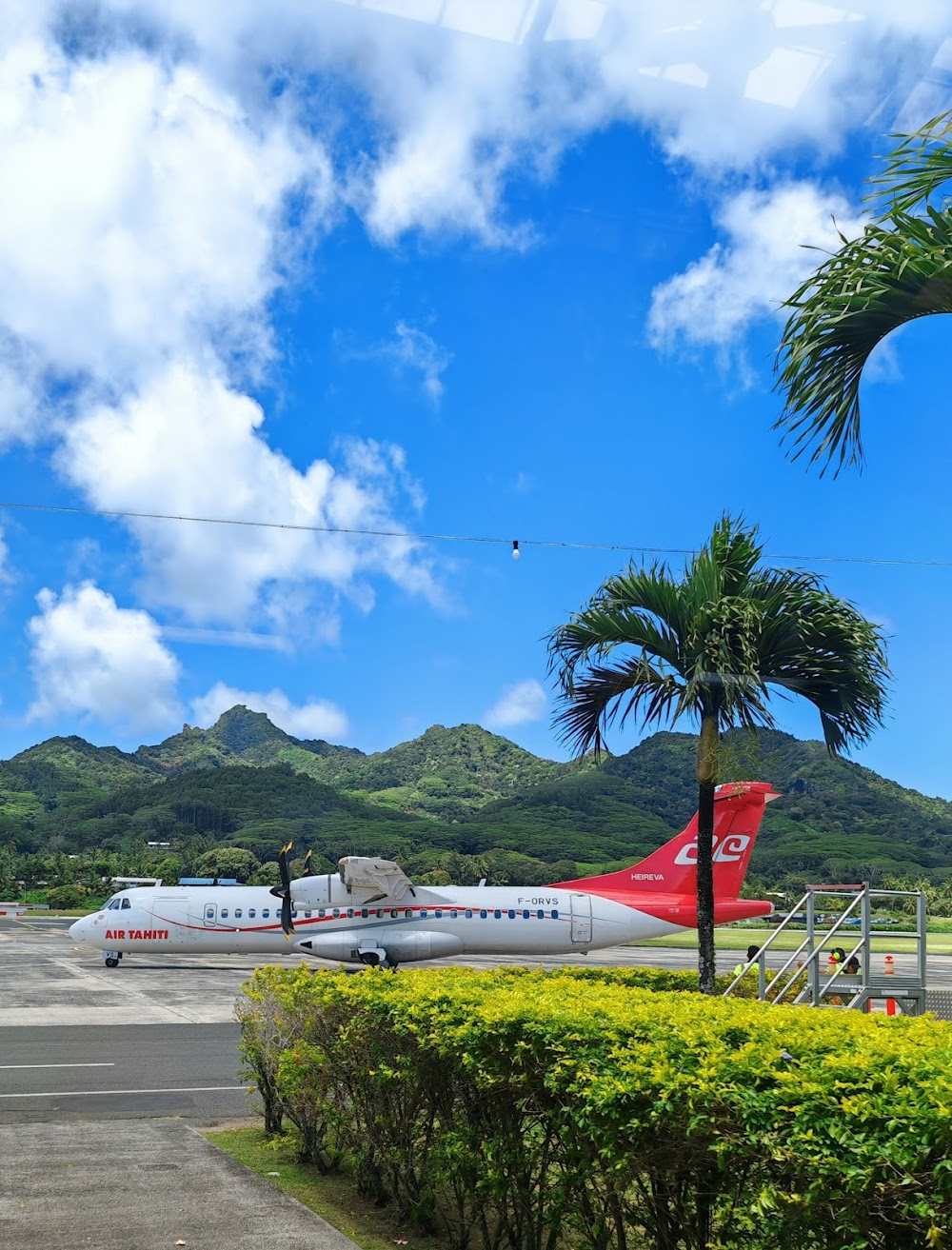Grattis världen Filming Locations

Where was Grattis världen filmed? Grattis världen was filmed in 19 locations across Cook Islands, France, United Kingdom, Spain, Greenland, Japan, South Africa, Australia, New Zealand, Estonia and Albania in the following places:
Grattis världen Filming Locations
Calais is a port city in the Pas-de-Calais department, of which it is a subprefecture. Although Calais is by far the largest city in Pas-de-Calais, the department's prefecture is its third-largest city of Arras. The population of the city proper is 67,544; that of the urban area is 144,625.
Dover is a coastal town in England’s southeastern county of Kent. It’s a major port for ferries to Calais, in France. Built to repel invasions from across the English Channel, medieval Dover Castle overlooks the town and houses the extensive Secret Wartime Tunnels. The iconic White Cliffs of Dover are symbolic safeguards at Britain’s closest point to continental Europe.
Ilulissat is a coastal town in western Greenland. It's known for the Ilulissat Icefjord and for huge icebergs Disko Bay, shed by the Sermeq Kujalleq glacier. Trails run to the Sermermiut settlement for dramatic views over the ice. The Ilulissat Museum traces the area’s history and the life of local-born explorer Knud Rasmussen. The area is home to thousands of Greenland dogs, used for dogsledding.
Japan is an island country in East Asia, located in the Pacific Ocean off the northeast coast of the Asian mainland. It is bordered on the west by the Sea of Japan and extends from the Sea of Okhotsk in the north to the East China Sea in the south.
Johannesburg, South Africa's biggest city and capital of Gauteng province, began as a 19th-century gold-mining settlement. Its sprawling Soweto township was once home to Nelson Mandela and Desmond Tutu. Mandela’s former residence is now the Mandela House museum. Other Soweto museums that recount the struggle to end segregation include the somber Apartheid Museum and Constitution Hill, a former prison complex.
Kangerlussuaq is a small town in western Greenland. It's at the eastern end of a deep fjord. The town is known for its airport, which is Greenland’s major international transport hub. The airport’s Kangerlussuaq Museum illustrates the town’s past as a U.S. airbase during WWII. A road runs northeast from town to the vast Greenland Ice Sheet. Here, Russell Glacier is a vantage point for ice-calving events.
Normandy is a region of northern France. Its varied coastline includes white-chalk cliffs and WWII beachheads, including Omaha Beach, site of the famous D-Day landing. Just off the coast, the rocky island of Mont-Saint-Michel is topped by a soaring Gothic abbey. The city of Rouen, dominated by Cathédrale Notre-Dame de Rouen, is where military leader and Catholic saint Joan of Arc was executed in 1431.
Osaka is a large port city and commercial center on the Japanese island of Honshu. It's known for its modern architecture, nightlife and hearty street food. The 16th-century shogunate Osaka Castle, which has undergone several restorations, is its main historical landmark. It's surrounded by a moat and park with plum, peach and cherry-blossom trees. Sumiyoshi-taisha is among Japan’s oldest Shinto shrines.
Queenstown, New Zealand, sits on the shores of the South Island’s Lake Wakatipu, set against the dramatic Southern Alps. Renowned for adventure sports, it’s also a base for exploring the region’s vineyards and historic mining towns. There's bungee jumping off Kawarau Gorge Suspension Bridge and jet-boating on the Shotover and Dart rivers. In winter, there's skiing on the slopes of The Remarkables and Coronet Peak.
Tallinn, Estonia’s capital on the Baltic Sea, is the country’s cultural hub. It retains its walled, cobblestoned Old Town, home to cafes and shops, as well as Kiek in de Kök, a 15th-century defensive tower. Its Gothic Town Hall, built in the 13th century and with a 64m-high tower, sits in historic Tallinn’s main square. St. Nicholas Church is a 13th-century landmark exhibiting ecclesiastical art.
Tartu is a city in eastern Estonia. It’s known for the prestigious, 17th-century University of Tartu. The old town centers on the university’s neoclassical main building, and the cafe-filled Town Hall Square, home to the Kissing Students fountain. The modern Science Centre AHHAA has hands-on exhibits and a 4D cinema. The ruined Tartu Cathedral, in hilltop Toomemägi Park, has 2 restored towers with viewing platforms.
Tirana, the capital of Albania, is known for its colorful Ottoman-, Fascist- and Soviet-era architecture. Pastel buildings surround the city's focal point, Skanderbeg Square, which is named for its equestrian statue of a national hero. On the square's north end is the modernist National History Museum, covering prehistoric times through Communist rule and the anti-Communist uprisings of the 1990s.
Tokyo, Japan’s busy capital, mixes the ultramodern and the traditional, from neon-lit skyscrapers to historic temples. The opulent Meiji Shinto Shrine is known for its towering gate and surrounding woods. The Imperial Palace sits amid large public gardens. The city's many museums offer exhibits ranging from classical art (in the Tokyo National Museum) to a reconstructed kabuki theater (in the Edo-Tokyo Museum).
Grattis världen (2005)
Filip and Fredrik travels the world for different experiences but often ends up in rather odd places. From water-skiing in Greenland to extreme sports in New Zealand.














